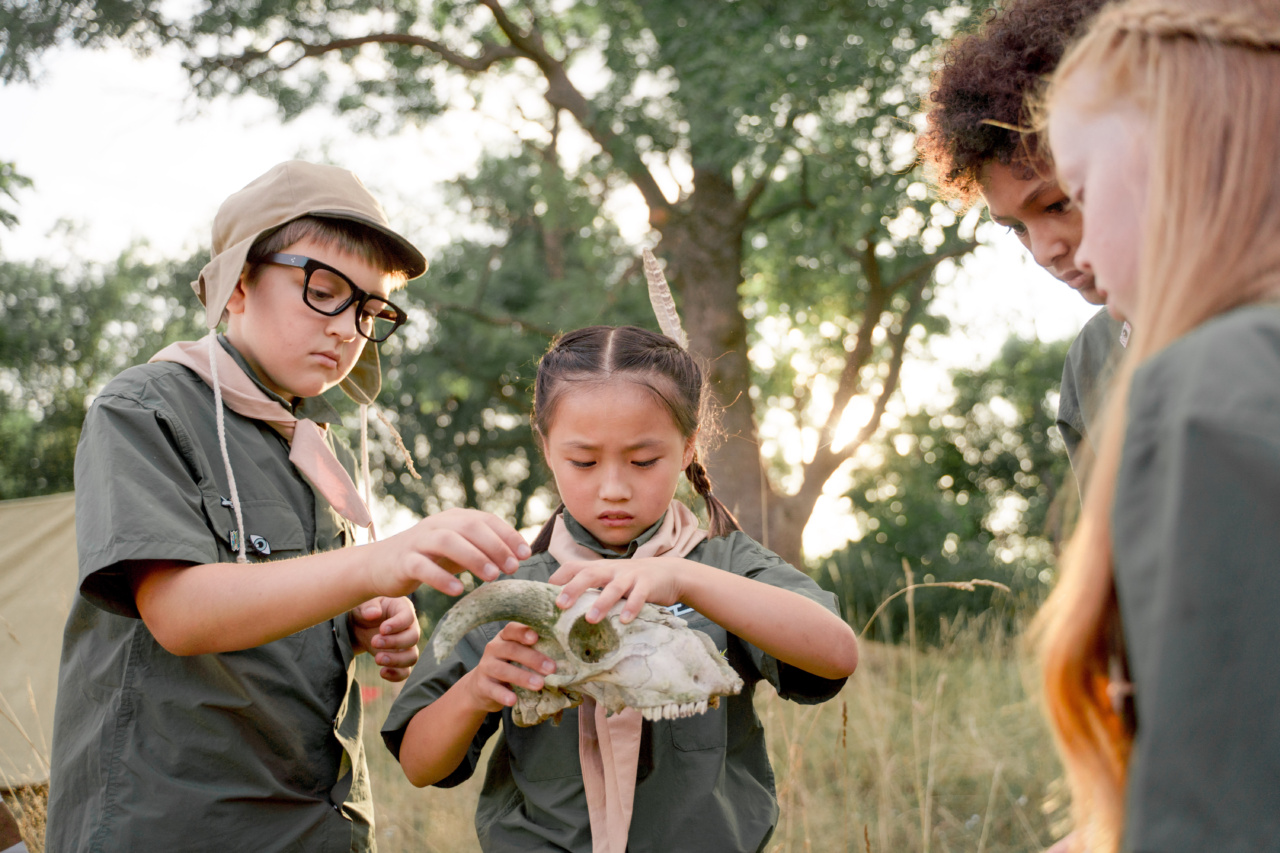Animal cruelty is a serious issue in the society that stems from a complex set of psychological, cultural, and social factors. Research suggests that animal cruelty can be an early warning sign that something is not right, and it should not be ignored.
Children who exhibit signs of animal cruelty require immediate intervention and care. However, to understand how to prevent or reduce animal cruelty in kids, it is vital to understand its causes. Here we will explore the root causes that lead children to commit acts of animal cruelty in detail.
1. Cruelty begets cruelty
Children who are the victims of abuse, neglect, or violence are more likely to mistreat animals.
Research suggests that early exposure to violence and aggression can alter a child’s brain development, leading to a greater risk of aggressive behaviors. A child who has experienced violence may view animals as powerless and easy targets to exert their frustrations and anger.
2. Lack of empathy and social skills
Children who lack empathy and social skills are at greater risk of mistreating animals.
If a child has never learned social cues, such as facial expressions and body language, they may have difficulty understanding that animals experience pain, fear, and suffering. Additionally, children who are bullies or have antisocial tendencies may view animal cruelty as a way to gain attention or assert their dominance.
3. Witnessing animal cruelty
A child who witnesses animal cruelty, such as animal abuse or animal fighting, may become desensitized to animal suffering. Children who view animal cruelty may adopt the rationale that it is acceptable and normal behavior.
Additionally, a child may learn to view empathy and compassion as weak or ineffective by seeing animal cruelty.
4. Lack of education and supervision
Parents and guardians who fail to educate children on animal welfare are contributing to animal cruelty. Without any guidance and supervision, children may develop misconceptions about animals, which can lead them to mistreat them.
Moreover, a lack of supervision may allow children to engage in cruel behavior towards animals without consequence.
5. Genetics and biology
Research indicates that biology and genes play a role in violent behavior, including animal cruelty. Children who are born with a predisposition to impulsiveness, aggression, and lack of self-control may be more prone to animal cruelty behaviors.
Although biology alone cannot determine whether a child will engage in abusive behavior towards animals, it can increase their vulnerability to develop it.
6. Cultural norms and beliefs
Some cultures promote animal cruelty or marginalize animal welfare. The impact of cultural norms and beliefs on children’s attitudes and behavior towards animals should not be underestimated.
Children who belong to cultures that view animals as objects or pests may not understand why they should show them kindness and respect. Additionally, children from cultures that promote animal fighting, such as cockfighting or dogfighting, may view it as an acceptable and legitimate form of entertainment.
7. Mental health issues
Mental health issues such as conduct disorders, oppositional defiant disorder, and attention-deficit/hyperactivity disorder (ADHD) can contribute to animal cruelty.
Children with mental health issues may have difficulty controlling their impulses, understanding social cues, and empathizing with others. Additionally, children with mental health conditions may engage in animal cruelty as a way to cope with their feelings of anxiety, depression, or frustration.
8. Lack of consequences for animal cruelty
When animal cruelty goes unpunished, children may view it as acceptable behavior. Children who see others engaging in animal cruelty without any consequences may adopt the same behavior.
When consequences for animal cruelty are present, it sends the message that animals have intrinsic value and that their suffering is not acceptable.
9. Familiarity with weapons and violent media
Children who have access to and familiarity with weapons and violent media are at greater risk of mistreating animals. Research has linked exposure to violent video games and movies with an increased risk of aggressive behavior towards animals.
Additionally, children who are comfortable with weapons may view animal cruelty as a way to test their abilities.
10. Lack of understanding of the consequences of animal cruelty
Children who lack knowledge about the short-term and long-term consequences of animal cruelty may continue to engage in the behavior without realizing its impact.
A child may view animal cruelty as a harmless or amusing activity without considering the animal’s pain and suffering. Educating children about the consequences of animal cruelty can help them understand why they should treat animals with kindness and respect.
Conclusion
Animal cruelty in children is a complex issue that arises from multiple factors. Understanding and addressing the root causes of animal cruelty is essential to prevent children from mistreating animals.
As a society, we must work together to educate children about animal welfare, provide appropriate supervision and intervention when animal cruelty occurs, and hold accountable those who engage in such heinous behaviors towards animals. Only then can we build a safer and cruelty-free environment for all.






























